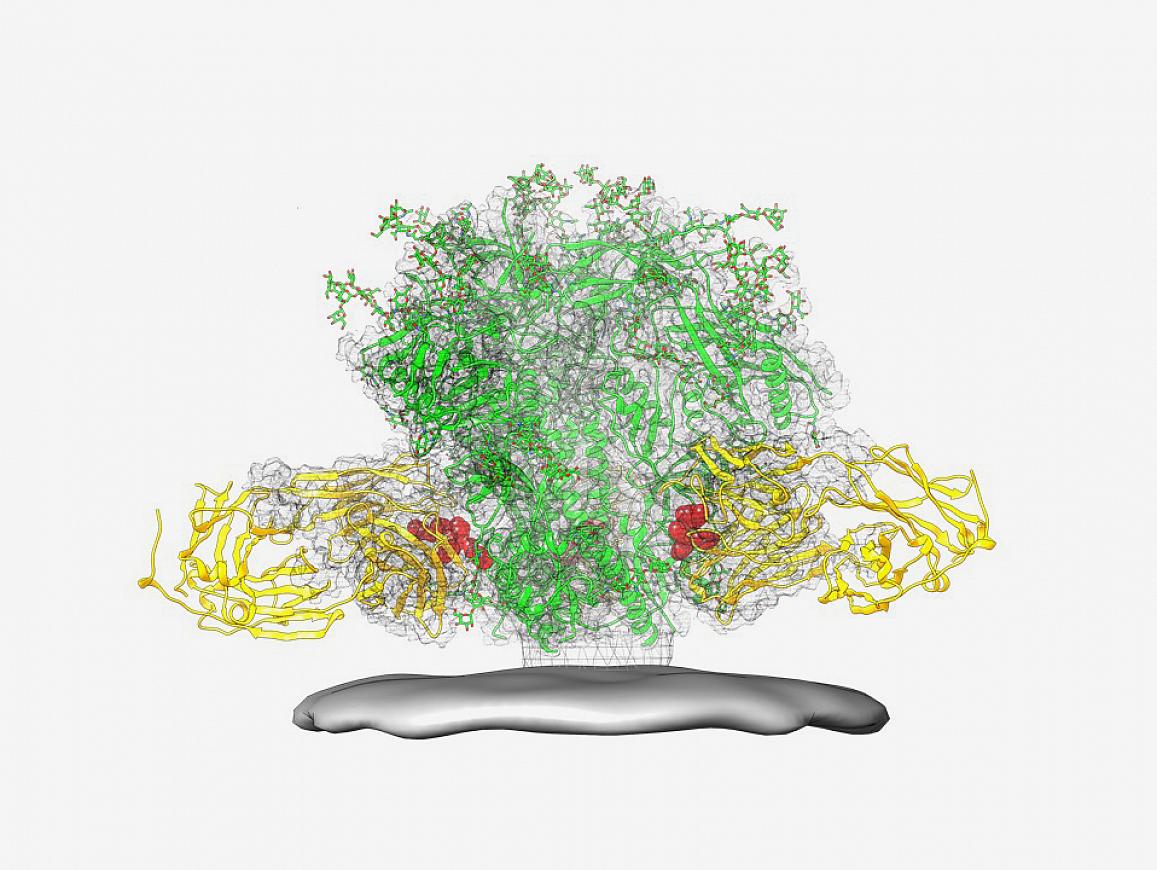HIV vaccine elicits antibodies in animals that neutralize dozens of HIV strains
IRP study results represent major advance for structure-based HIV vaccine design
An experimental vaccine regimen based on the structure of a vulnerable site on HIV elicited antibodies in mice, guinea pigs and monkeys that neutralize dozens of HIV strains from around the world. The findings were reported today in the journal Nature Medicine by researchers at the National Institute of Allergy and Infectious Diseases (NIAID), part of the National Institutes of Health, and their colleagues.
Peter D. Kwong, Ph.D., and John R. Mascola, M.D., led the study. Dr. Kwong is chief of the Structural Biology Section at the NIAID Vaccine Research Center, and Dr. Mascola is the center director.
“NIH scientists have used their detailed knowledge of the structure of HIV to find an unusual site of vulnerability on the virus and design a novel and potentially powerful vaccine,” said NIAID Director Anthony S. Fauci, M.D. “This elegant study is a potentially important step forward in the ongoing quest to develop a safe and effective HIV vaccine.”

This protein structure diagram illustrates the location of the fusion peptide epitope (red) on the HIV spike (green), which projects out of the viral membrane (grey). The diagram also shows how a broadly neutralizing antibody (yellow) binds to the fusion peptide.
This page was last updated on Friday, January 21, 2022